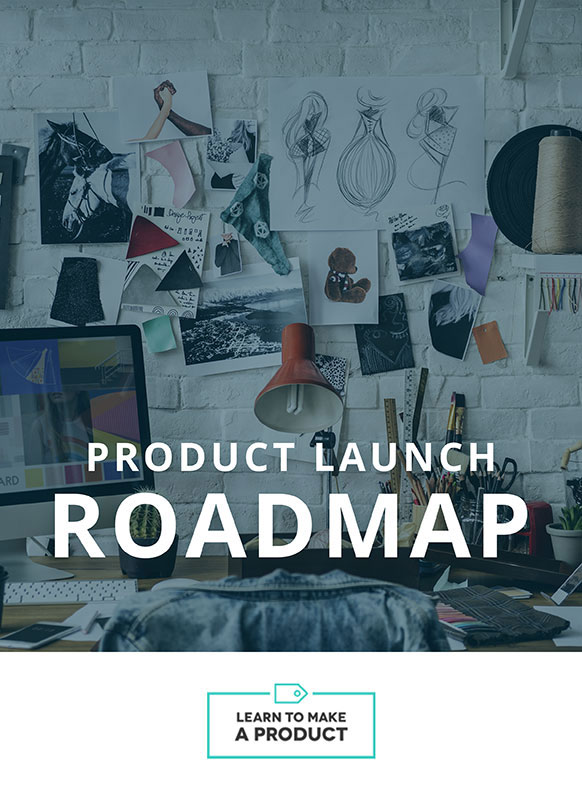This article originally appeared on our Forbes blog
When you factor in the cost of labor, raw materials, packaging, shipping and quality control, manufacturing a physical product is often more expensive than anticipated. Especially if you’re producing domestically or in small quantities, as many new makers do. While the quickest and easiest way to reduce per unit costs is usually to increase production volumes, not everyone has the budget to scale up. Here we discuss three ways to trim expenses without having to up your order quantities.
Tweak Your Design
It’s natural to get attached to your original product design (they’re called “idea babies” for a reason!), but the design decisions you make while initially developing your product are not necessarily the best in the long-term. For example, you may have chosen a material without fully understanding the cost implications, or opted for a customization during manufacturing that requires higher minimums than you can regularly afford to meet. By selecting different raw materials and components, changing the way your product is constructed, or even eliminating a few bells and whistles, you can reduce costs and increase profit margins.
The best sources of advice on making a product more cost-efficient are your supply partners. Reach out to your main assembly factory and ask them to explain the most labor-intensive aspects of your design. Find out if any of your material sources could be replaced by something less expensive without compromising the item’s integrity. Put their knowledge to use!
Take, for example, my client who has a line of pet clothing. After seeking advice from her factory, she reduced her costs by 5%. All she had to do was choose a less slippery fabric! It seemed her originally selected material was proving difficult to manage on the shop’s cutting machines, requiring more time and oversight, and a higher than average defect rate (meaning, perfectly good fabric was getting thrown away). Until she reached out to the factory, the designer was completely unaware of this issue. You may wonder why a factory partner wouldn’t offer up this useful information to begin with. Though some certainly will, others assume you’ve done your due diligence and research and want them to adhere to your exact specifications. In short, they won’t interfere with design instructions unless asked.
Remove Packaging
Are you mostly selling your products online? If so, removing excess packaging is a simple way to bring down overall costs. The purpose of packaging is to inform and motivate a sale, which, in an ecommerce setting, is accomplished by the marketing copy and great photography on your sales page. Anything the customer sees after receiving their order (such as packaging) is extra!
True, nice packaging adds to the overall perceived value of your brand; however, you can communicate value in other ways. For example, some makers remove all packaging on the product itself and focus on branding their exterior mailers and boxes with a catchy tagline and brand logo. This eliminates the labor cost of affixing packaging solutions to individual SKU’s (such as hang tags, cardboard sleeves etc); boxes and mailers have to be packed regardless, so adding a logo does not increase handling fees.
Remember, it’s okay to use different packaging for your ecommerce inventory versus items that will be physically displayed on store shelves. This may require a little extra logistical configuration, such as having your factory label separate boxes of inventory (one with retail packaging, one without), but in the long-run, it will reduce costs.
Negotiate with Suppliers
Asking your factory point blank to reduce their prices is usually effective only if you have information to back up the request. Before attempting any negotiation, make sure to secure a handful of reference quotes from similar suppliers. This will tell you where your current supplier falls within the overall ‘pricing landscape’ and what type of reduction (if any) it would be realistic to request.
For example, let’s say you’re an entrepreneur making painted wooden photo frames. You would price out your exact design (at the same order quantities you produce with your existing partner) with three other factories. If two of the quotes come back 10%- 15% lower than your existing factory’s pricing, you now have a specific range to shoot for with your current partner. It’s much more powerful to enter into negotiations with a realistic target, supported by competitive research, than it is to make a weak, open-ended request.
It’s okay to share the quote numbers you receive from other suppliers to strengthen your negotiation, but for privacy’s sake, don’t share vendor names and contact info.
